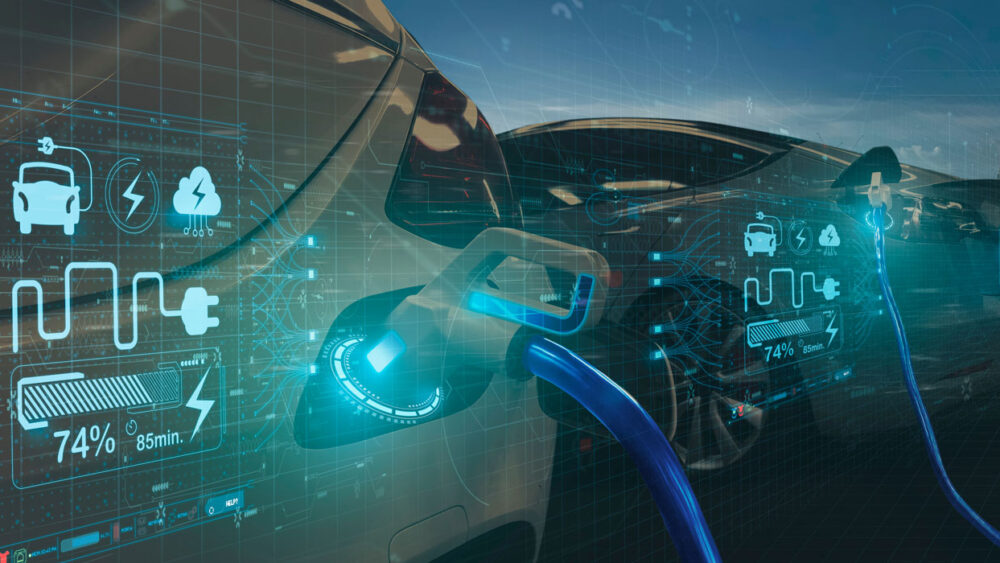Electric vehicles (EVs) are no longer experimental gadgets for early adopters. They are rapidly reshaping how people commute, how cities plan infrastructure, and how energy systems operate. In this comprehensive article you will find clear, practical insights into why EVs matter today, the technical and social changes they drive, the challenges ahead, and what the next decade could bring for drivers, businesses, and policymakers.
1. Why EVs Are Moving from Niche to Mainstream
The rapid rise of electric cars stems from converging pressures and opportunities. Climate goals push governments to reduce emissions; battery costs have fallen dramatically; and consumers want lower running costs and modern features. Combined, these trends create an environment where EVs are increasingly sensible for ordinary drivers, not just tech enthusiasts.
Key drivers
- Environmental urgency: Reducing tailpipe emissions improves local air quality and contributes to meeting national climate targets.
- Falling battery costs: Advances in battery chemistry and scale manufacturing have cut the most expensive component of EVs.
- Lower total operating cost: Electricity and maintenance for EVs are often cheaper than gasoline plus regular service on combustion engines.
- Consumer technology expectations: Buyers expect software updates, integrated apps, and connected dashboards—areas where EVs often lead.
- Policy incentives: Rebates, tax credits, and regulatory targets accelerate adoption by improving affordability and certainty.
2. The Technology That Makes Modern EVs Work
Modern EVs combine three core technology pillars: batteries, power electronics, and software.
Batteries
Lithium-ion cells remain dominant, but design improvements, new chemistries, and tighter thermal management push ranges higher and charging faster. Battery pack recycling and second-life uses (like stationary storage) are also evolving to reduce environmental impact and costs.
Power electronics & motors
Efficient inverters and more compact, powerful electric motors increase vehicle performance while shrinking energy loss. Regenerative braking systems reclaim energy during deceleration, improving real-world efficiency.
Software & connectivity
Over-the-air updates, route-aware energy management, and smart charging coordination are increasingly important features. Software controls battery health, optimizes range, and integrates the car into home energy systems or the grid.
3. Charging Infrastructure: The Practical Hurdle
Wide EV adoption depends on a reliable charging network. Urban areas are adding chargers rapidly, but gaps remain on highways and in rural zones. Charging comes in several forms:
- Level 1 (120V): Slow, home plug-in charging—mostly for overnight top-ups.
- Level 2 (240V): Common home and public chargers that deliver full daily recharge in a few hours.
- DC Fast Charging: Highway and rapid stations that can restore large ranges in 20–40 minutes depending on the car and charger.
Expanding DC fast chargers on corridors and adding workplace chargers are immediate priorities to reduce "range anxiety" and make EVs practical for longer trips.
4. The Energy System Connection: Vehicle-to-Grid (V2G)
EVs are portable batteries. When aggregated and coordinated, they can support the electricity grid during peak demand, store excess renewable energy, and even provide emergency backup for homes. Vehicle-to-Grid (V2G) technology enables bidirectional charging—cars can take energy in and push it out to the grid when needed. This creates value both for grid operators and car owners who participate in V2G programs.
5. Economic Impact: Costs, Incentives, and Total Ownership
Upfront EV prices can still be higher than equivalent gasoline cars, but lower fueling and maintenance costs reduce lifetime ownership expenses. When policymakers offer rebates, reduced registration fees, or tax credits, the effective price gap narrows or disappears altogether.
Businesses that electrify fleets—delivery vans, taxis, or company cars—often see strong returns because fleet vehicles have predictable routes and centralized charging, which simplifies logistics and reduces operating costs.
6. Environmental Trade-offs and the Supply Chain
EVs eliminate tailpipe emissions, but battery production uses minerals like lithium, cobalt, and nickel. Responsible sourcing, improved recycling, and alternative chemistries reduce environmental and social impacts. Increasing transparency across the supply chain and investing in recycling infrastructure are essential steps as production scales.
7. What to Expect: 2025–2035
The next decade will be decisive. Practical, foreseeable outcomes include:
- Broader affordability: Continued battery cost declines will make EVs price-competitive for mainstream buyers.
- Commercial electrification: Delivery fleets and public transit will move to electric power, cutting urban pollution.
- Autonomy & shared mobility: Self-driving electric shuttles and robotaxis will start reshaping urban rides and ownership models.
- Grid integration: Coordinated charging and V2G services will grow, supporting renewable energy expansion.
- Policy-driven shift: Many markets will tighten emissions rules and phase out new fossil-fuel vehicle sales, accelerating the transition.
8. What This Means for Consumers
For car buyers today, several practical tips apply:
- Consider daily driving needs: If most trips are local, a modest-range EV with reliable home charging is excellent value.
- Check charging options at work and near common destinations before switching.
- Factor in incentives and lower running costs when comparing total ownership prices.
- Research battery warranty and upkeep policies—many manufacturers offer strong multi-year guarantees.
9. Final Thoughts
Electric cars are not a single technology trend; they are a catalyst that links transportation, energy, urban planning, and consumer expectations. Adoption will vary by region, but the overall trajectory is clear: more EVs, smarter charging, cleaner grids, and evolving mobility services. The transition raises important questions about supply chains, jobs, and how cities are designed—but it also offers a path to cleaner air, lower energy costs, and more flexible mobility for millions of people.



